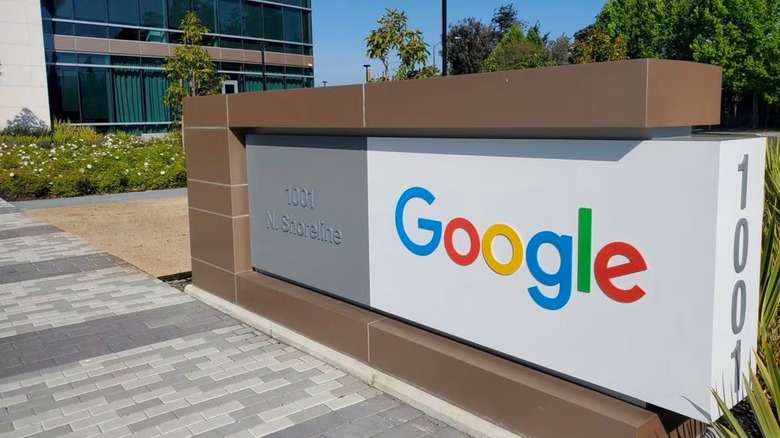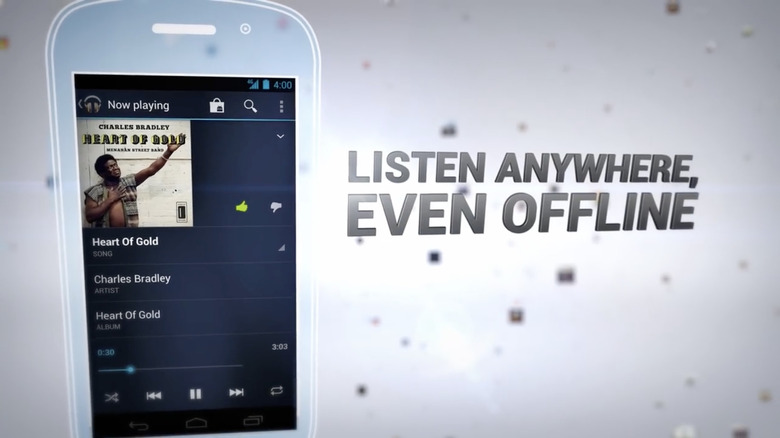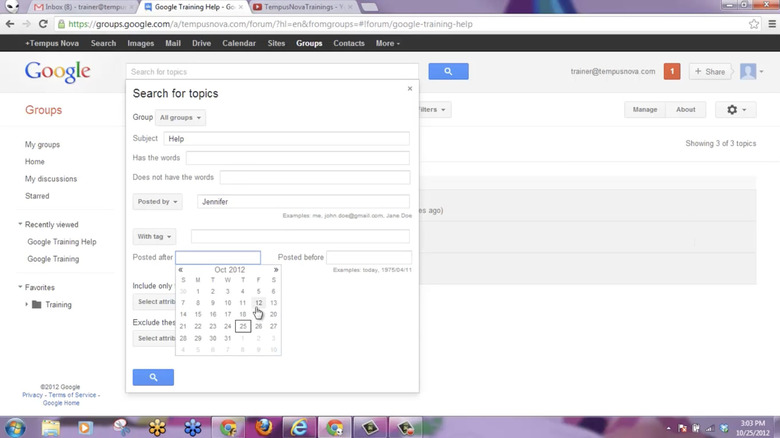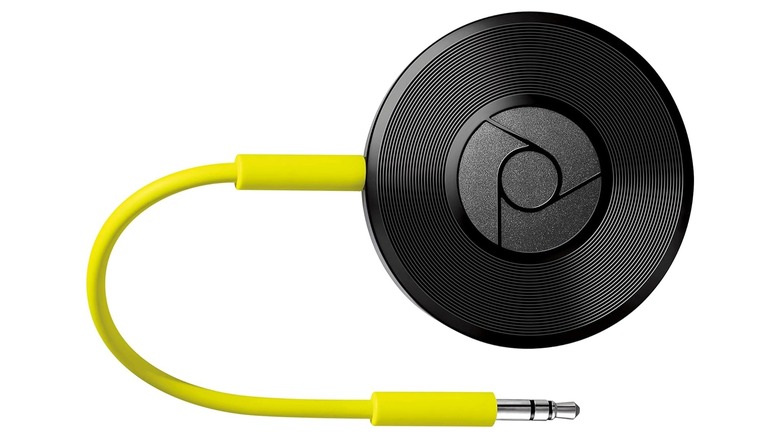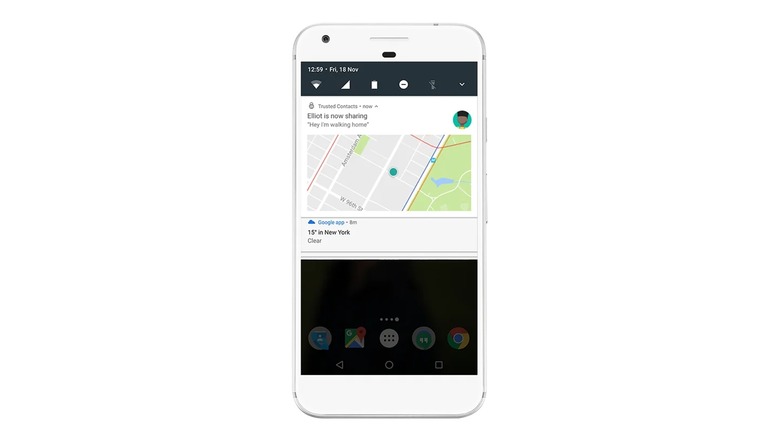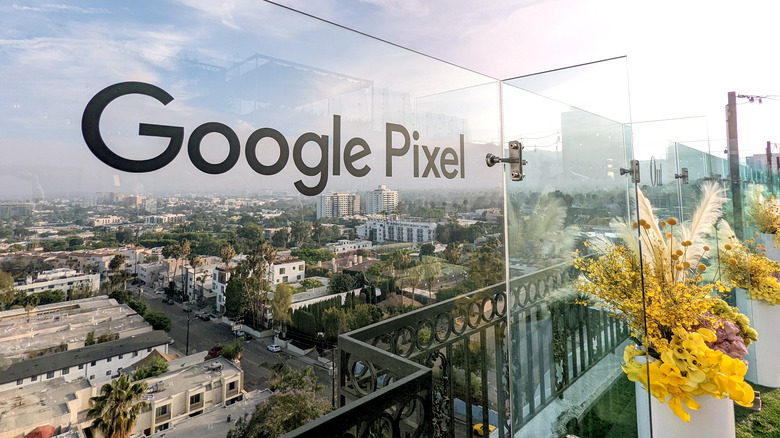5 Products Google Should Never Have Discontinued
We may receive a commission on purchases made from links.
Google has released and acquired a whole lot of products over the course of its existence, both software and hardware. The average person probably uses several Google apps every day, especially if you have a non-Apple smartphone. A lot of these are well-known and closely associated with the Google brand, like the Android operating system, Pixel (and previously Nexus) smartphones, Chromecast streaming dongles and the associated video/audio casting protocol, the Chrome web browser, Gmail, Google Drive for file syncing, and Google Docs, among many others. These have all stood the test of time, and they're also joined by some of Google's best and most significant acquisitions, like the video streaming juggernaut that is YouTube, Waze for live traffic data and directions, and the Nest line of smart home products.
However, Google is also known for killing off products without much of a stated reason — lots and lots of them, to the point that it's been written about in tech media for years. Tech news site The Verge, for example, has an ongoing "Google graveyard" keeping track of reports of discontinued Google products, and Ars Technica's Ron Amadeo argued in 2019 that this constant death march is hurting Google's reputation. It's basically a running joke among tech enthusiasts at this point. With all of that in mind, let's take a look at some of the murdered Google products that absolutely should have been spared.
Google Play Music
In 2011, before Spotify launched in the U.S., most people's relationship with digital music was a personal collection of files that they copied from CDs or downloaded. In May of that year, Google met the streaming and personal collection concepts in the middle with the beta launch of Google Music (later renamed Google Play Music), a free music locker for Google account holders that they could use to stream their collections wherever they went. At launch, the limit per user was 20,000 tracks, which was increased to 50,000 in 2015 (and 100,000 for Samsung Galaxy S8 owners in 2017). Not bad for a completely free service.
Even as Spotify and its competitors gained prominence, Google Play Music still had plenty of utility. There's plenty of music you can't find on the big streamers, and there are also countless alternate versions of songs and albums, random B-sides, live tracks, and more. Maybe you prefer the original mastering of a given album over a later remastered version that's widely streamed, or you own and ripped a special limited edition that isn't streamed. Google Play Music let you stream those personal rips with the convenience of a Spotify-type service.
Google Play Music was killed in 2020 without much explanation, at which point Google allowed users to import their Google Play Music libraries to YouTube Music. It does still offer the option to upload music files, but you have to dig to find it, and uploaded files are not eligible for several regular features of the service.
Google Groups advanced search
This product still exists, but it underwent significant enough changes that it's merely a shadow of its former self. We're talking about Google Groups, and more specifically, its user interface, which no longer has the advanced search features that were part of the service for much of its existence.
This is a particularly big loss for historians and other researchers. That's because Google Groups doesn't just house the groups that were launched on the platform itself. It also hosts a massive archive of posts to Usenet, the decentralized precursor to message boards featuring thousands of topic-specific "newsgroups," which were sort of like the '90s equivalent of a Subreddit. Part of this archive, going back to 1995, was snagged by Google in its 2001 acquisition of Usenet portal Deja.com, and that was supplemented by a separate collection from magnetic tape backups of archivist Henry Spencer that stretch even further to 1981. Suffice to say, Google Groups houses a lot of discussions from the earliest days of the internet.
The archive is still there, but it's gotten a lot harder to dig into. In 2013, Google removed the Advanced Search page that made it easier to narrow down searches by criteria like date and author, and the following year, it also deactivated the text-based search modifiers that had the same functionality. Since then, the world's biggest archive of old Usenet posts can only be accessed by a very basic search function that leaves a lot to be desired.
Chromecast Audio
Google's Chromecast series of streaming devices has had a few iterations in its decade-plus on the market. When it launched in 2013, the product category of low-priced streaming sticks/boxes/dongles didn't exist, and Google basically created it with their $34.99 MSRP product. In that first iteration, Chromecast had no remote control or user interface, instead entirely being a receiver for content queued up using each streaming service's mobile app or website as the remote. The second generation improved performance while changing the form factor, and the third generation made them full-fledged Google TV devices, complete with remote, where casting is a feature, not the whole product.
The second generation, though, also included the launch of a second product, one that was killed off before the third generation's debut. That would be Chromecast Audio, which was priced identically to the main HDMI model but instead featured an audio-only output via a dual-function 3.5mm jack that served both analog (over traditional AUX cables) and digital (via Mini TOSLINK) audio. Though owners of soundbars or AV receivers might already be able to use the traditional Chromecast via HDMI, the Chromecast Audio opened the ecosystem up to Bluetooth speakers, shelf/mini systems, integrated amps, and other audio hardware that could accept AUX or TOSLINK input. For example, you could use it to wirelessly send music to a Bluetooth speaker without having to route call audio to it.
Unfortunately, Google killed Chromecast Audio in January 2019 without explanation. Presumably, its niche wasn't big enough to justify continued manufacturing.
Trusted Contacts
There are various ways to share your location with trusted people in your life, but none are really optimized for emergency situations. The persistent location sharing in iMessage on the iPhone is pretty invasive outside of a parent/child context. Google Maps and other apps like City Mapper have ways of sharing your location, but they generally require you to actively choose to share your location. In a genuine emergency, especially one where loved ones tried and failed to reach you, there wasn't exactly a good solution. Or there wasn't until Google introduced Trusted Contacts in 2016.
Available on both Android and iOS, Trusted Contacts was a "personal safety app" that let you grant "trusted" status to whatever friends and family members you chose. By default, those contacts could see if you had been moving around or were actively online, and if you felt unsafe, you could start sharing your location with them. On the other end, those trusted contacts could also request to see your location. If everything was kosher, you could choose not to accept the request. If it wasn't, and you didn't respond in "a reasonable timeframe," your location would then be shared, and the trusted contacts would then have to decide how to act.
Google stopped supporting Trusted Contacts in 2020, again with, you guessed it, no real explanation. In announcing the move, Google suggested the aforementioned Google Maps location sharing features as an alternative, but as noted above, the two feature sets are far from identical to each other.
Pixel Pass
Most of the time, if you're looking for a less than conventional way to save money on a new phone or at least get on a payment plan or leasing arrangement, you're going to go through your carrier. The device manufacturers have slowly gotten in on the action with their own payment plans and trade-in programs, but in 2021, Google got into the mix with a twist on alternate payment arrangements. That's when Google introduced Pixel Pass, which combined a Pixel payment plan with a device protection program, clear upgrades every two years, and subscriptions to YouTube Premium, YouTube Music, Google Drive, and Google Play Pass. The price at launch? $45 per month with a Pixel 6 or $55 with a Pixel 6 Pro. If you were already deeply invested in the Google ecosystem, it made a certain kind of sense.
That two-year commitment of sorts was at the center of how Google marketed Pixel Pass, with the blog post introducing the service stressing how much money you'd save over those 24 months compared to getting everything separately. And yet, distressingly, Google killed off Pixel Pass in 2023, before those two years had passed and before the first upgrade for early adopters, the Pixel 8, became available. Subscribers would still own their devices outright after 2 years, but once they hit 2 years, there were no more bundle of a payment plan with Google services, just a $100 discount towards a new Pixel. Why? As usual, Google's explanation lacked transparency.
